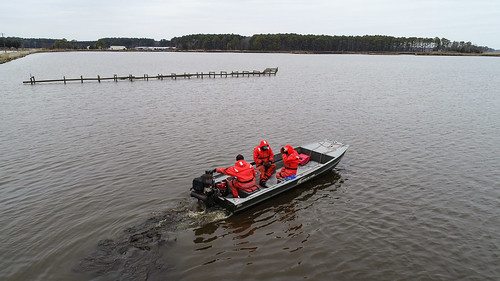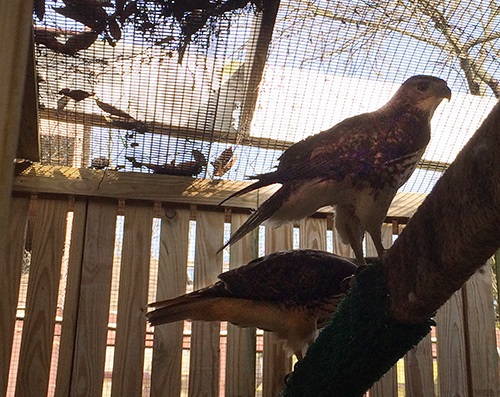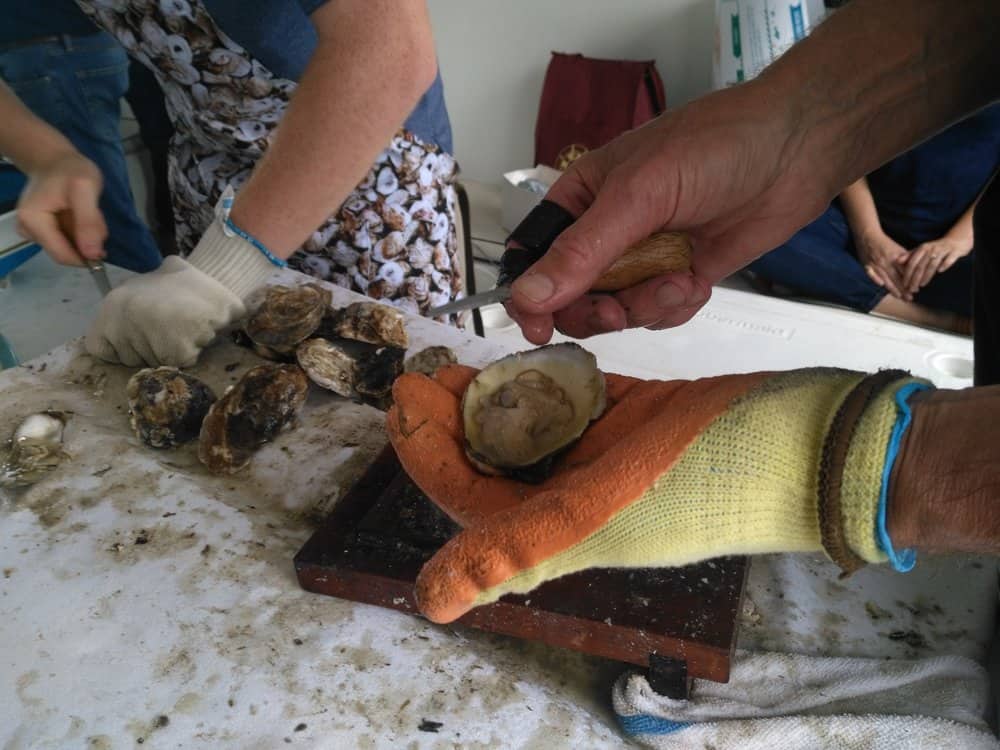When biologists warn about the spread of invasive fish species, a big part of reason is the havoc that nonnative fish can wreak on other, native fish species. The invasives outcompete native fish for food (or turn them into food) and upset the Bay’s delicate ecosystem.
While the blue catfish‘s food choices are evident from their stomach contents (everything from blue crabs to fish and even a wood duck!), a bit less was known about the impact of the invasive northern snakehead on other fish species. Until now.
The Maryland Department of Natural Resources (DNR) published findings from a new study that show a decline in numbers of almost every native fish species in the Blackwater River watershed, since the snakehead was introduced there.
A comparison of fish communities in the Blackwater drainage area near Cambridge, Dorchester County, found lower relative abundance of 19 out of 22 resident species after northern snakeheads came into the picture. DNR says the decline in abundance of native fishes altered the community structure and biodiversity.
The northern snakehead, which you may see referred to on a restaurant menu as Chesapeake Channa, was first released into an Anne Arundel County, Maryland, pond in 2002. It is native to the Yangtze River basin in China. Despite exterminating the snakehead population in that pond and warning the public not to release the fish in Maryland waters, the problem continued. In 2004, northern snakeheads were found in the Potomac River close to Washington, D.C. They have spread to multiple Bay waterways and a robust population is found in the Blackwater River, where the snakehead is a popular sportfish.
In 2018 and 2019, DNR fisheries biologists studied fish communities in the Blackwater River, replicating studies done in 2007 and 2008 (well before any snakeheads were found) to see if the number of species or abundance had changed. In 2019, Chesapeake Bay Magazine reported that biologists found significant differences in native fish abundance overall.

DNR conducted additional surveys between 2021 and 2023 to substantiate these findings. The newest studies have confirmed the declining trend in native fish. Department of Natural Resources fisheries biologist Dr. Joe Love, and co-authors Joshua J. Newhard and Meghan Walker, published their findings in the Journal of Fish and Wildlife Management.
“We know that this is an opportunistic, predatory species that could impact native fish populations, but before this study, whether their predation has changed the composition of aquatic communities was unknown,” said Love.
Before snakeheads were found in the Blackwater rivershed, the three most abundant species were white perch, brown bullhead, and black crappie. Just six years later, after snakeheads arrived, the most abundant species were common carp, gizzard shad, then white perch.
Researchers noticed the greatest population decreases were in fish species the snakeheads eat, like black crappie, white perch, bluegill, and pumpkinseed. The study authors looked into whether changes in water quality conditions could explain the changes, but concluded they couldn’t. More likely, it was predators or displacement, they say.
What makes the northern snakehead so good at dominating watersheds? Reproduction. Love conducted a recent study finding that snakeheads may spawn more than once a year, and can release tens of thousands of eggs at a time.
Just as Maryland and Virginia have been encouraging the commercial fishery and a restaurant market for blue catfish, Maryland has built a popular recreational fishery and a small commercial fishery for snakehead. The state recognized that this invasive fish’s scary sounding name caused a branding challenge for any restaurant that wanted to serve it. Would anyone order something called “snakehead” for dinner?
Different ideas circulated on a new name for the snakehead, and the state settled on Chesapeake channa, a play on the species’ scientific name, Channa argus. Today, Chesapeake channa can be found on menus and at local seafood markets in the spring and summer.



